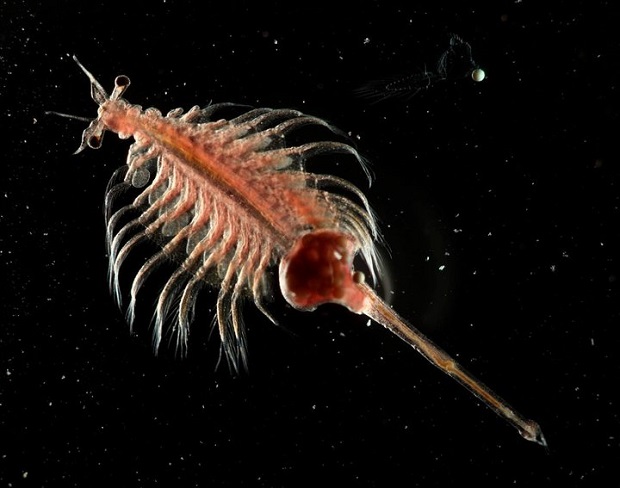
News
Industry update
Sustainability
Feeding and Nutrition
In search of artemia alternatives
June 8, 2020 By Nestor Arellano

They can be slightly larger than a grain of sand. However, artemia or brine shrimp have the potential of creating a big headache for many aquaculture producers, if their supply is ever threatened.
Artemia serve as baby food for fish in their developmental stage. The microscopic shrimp thriving in high-saline lakes in the China, Kazakhstan, Russia and the United States, have for decades been a staple feed for farmed fish and shrimp.
A kilogram of artemia can cost anywhere from $40 to $100.
There are conflicting opinions on whether the world has enough supply of artemia to meet the future needs of the aquaculture industry, according to a recent post on the Global Aquaculture Alliance’s Advocate.
However, leading suppliers of brine shrimp agree that an alternative to artemia must be found to support the continued growth of the aquaculture industry.
Utah’s Great Salt Lake had a “very good” harvest last year, according to Athene Blakeman, managing director of advance nutrition of INVE Aquaculture. INVE is a member of the Great Salt Lake Brine Shrimp Cooperative.
The Great Salt Lake is considered the largest source of brine shrimp. The cooperative produces roughly 1,400 metric tons of brine shrimp. That number accounts for half the global supply of artemia.
Blakeman, however said, that brine shrimp harvests in China for 2019 were below average.
Quantity vs. quality
It’s not just quantity that counts.
The supply of brine shrimp must also be of good quality.
For instance, Great Salt Lake artemia are more reliable and easier to hatch, said Blakeman.
Artemia can remain in a near-dormant state for a year living inside hard shells called cysts. It is when the brine shrimp break out of their cysts that they become fish feed. This occurs when the cysts are placed back in water.
If hatch rates are poor, the cost to the producer will be high.
Innovation and replacement
INVE sells several products that are meant to optimize hatching.
For example, the company has developed a cyst coating which makes it easier for the shells to separate from the artemia larvae with the aid of magnets.
Blakeman said research is also being done to develop a replacement for artemia.
Since post-larvae shrimp are not big enough to munch on aquafeed, some alternatives to artemia tend to be dried feed that were crushed so that baby shrimps can eat them, according to Guiseppe Saccone.
The problem with this approach is that not all the feed is eaten. Feed nutrients leech into the water and become the cause of harmful bacteria.
Saccone said his company, Molofeed is testing a micro-encapsulated feed which doesn’t leach nutrients into the water.
The product is also low in toxic ammonium.
One hundred per cent replacement of artemia is not impossible but “difficult,” according to Sergio Nates, a crustacean biologist who is now with feed producer Prairie Aquatech, makers of Me-Pro.
A good candidate for replacing brine shrimp could be frozen krill, he said.
Totally replacing artemia is a challenge because of shrimp behaviour, according to Nates.
Shrimp tend not to eat inanimate feed. “That behaviour, of being a hunter, it is induced (with artemia) which moves and swims in the water,” Nates told the Advocate. “That’ll be difficult to replicate.”
Print this page